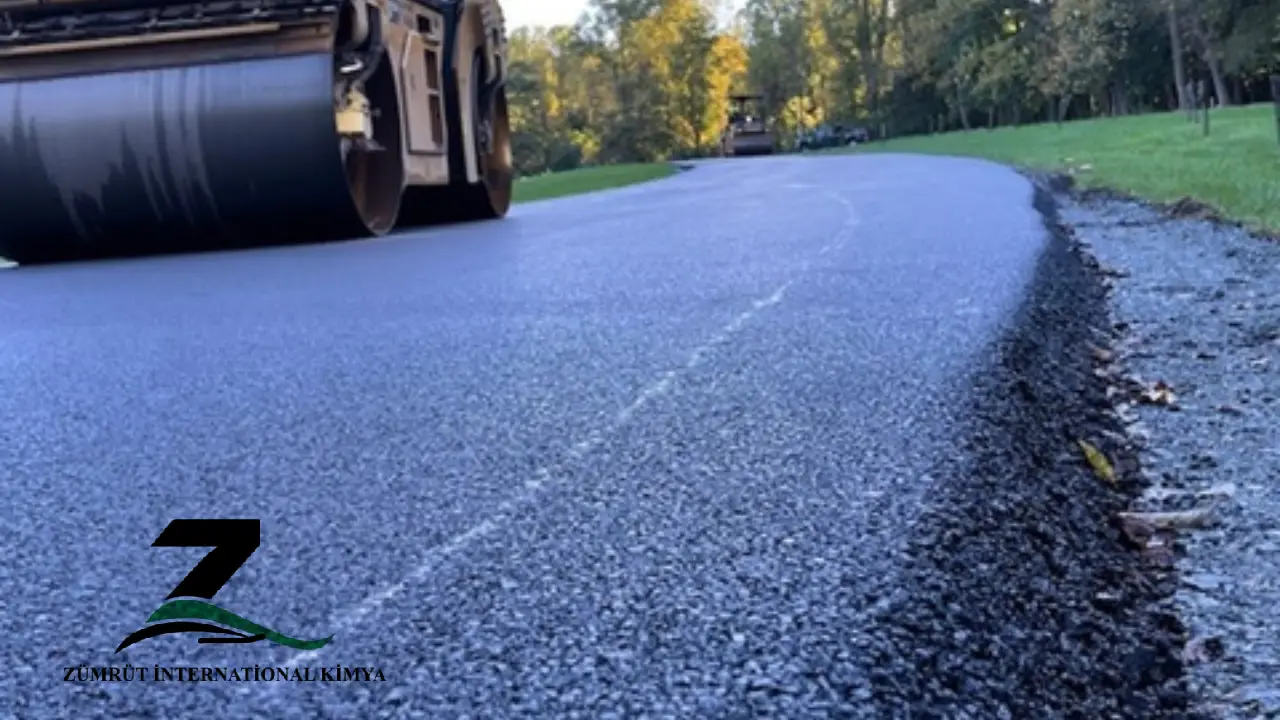
Usage of Plastic as Bitumen Modifier
Using plastic as a bitumen modifier has gained significant attention in recent years due to its environmental benefits and ability to improve bitumen properties. The incorporation of plastic waste not only enhances the performance of bitumen but also helps in recycling non-biodegradable materials. Here’s an overview of the usage of plastic as a bitumen modifier:
Why Use Plastic as a Modifier?
- Performance Improvement:
– Enhances flexibility and elasticity of bitumen.
– Improves resistance to cracking under low temperatures and rutting under high temperatures.
– Increases durability and lifespan of pavements and roofing materials. - Environmental Benefits:
– Reduces plastic waste in landfills and oceans.
– Lowers dependency on virgin petroleum-based products. - Economic Benefits:
–Utilizes cheap or waste materials, reducing costs for road or roofing material production.
Types of Plastics Used
- Polyethylene (PE):
High-Density Polyethylene (HDPE)
Low-Density Polyethylene (LDPE)
Commonly used due to its availability in waste streams. - Polypropylene (PP):
Increases stiffness and high-temperature performance of bitumen. - Polystyrene (PS):
Improves resistance to deformation and adds rigidity. - Polyethylene Terephthalate (PET):
Recycled PET is used for its durability and strength-enhancing properties. - Blended or Mixed Plastics:
Mixed plastic waste can be processed for general bitumen modification, though with varying effectiveness.
Methods of Incorporation
- Dry Process:
– Plastic waste is shredded into small granules or flakes.
– It is added directly to the aggregate during mixing, where it melts and coats the particles.
– The coated aggregate is then mixed with bitumen. - Wet Process:
– Plastic waste is shredded and blended into molten bitumen at a high temperature.
– The process ensures a homogenous mixture and modifies the bitumen at a molecular level.
Key Benefits of Plastic-Modified Bitumen
- Improved Thermal Stability:
Increases resistance to high-temperature softening and low-temperature cracking. - Enhanced Durability:
Provides better resistance to wear and tear under heavy loads, such as in roads and roofing. - Water Resistance:
Plastics reduce the permeability of bitumen, improving water-proofing capabilities. - Sustainability:
Reduces plastic waste while offering a greener alternative to traditional modifiers like polymers.
Challenges
- Quality Control:
Ensuring uniformity in plastic waste quality and processing. - Compatibility Issues:
Some plastics may not blend well with bitumen, requiring additional processing or additives. - Environmental Concerns:
High temperatures in the blending process can release harmful fumes if not properly managed. - Infrastructure Needs:
Requires specialized equipment for shredding and mixing plastic waste.
Applications
- Road Construction:
Used in asphalt pavements for better strength and durability. - Roofing Industry:
Increases the flexibility and weather resistance of asphalt roofing products.

According to the Environmental Protection Agency, approximately 33 million tons of plastics were generated in 2014, with only less than 10 percent being recycled. The asphalt industry, being a leader in recycling and sustainability, has been looking for ways to use this waste materials in roadways. As with any experimental material in our roads, the proper testing needed to be done to ensure the process would result in long-lasting and high-performing roadways.
The Plastics Industry Association (PLASTICS) has worked to advance a research effort to explore using post-consumer recycled PE films as polymer additives in asphalt binder. In conjunction with the National Center for Asphalt Technology (NCAT), the team has developed a formulation using the recycled PE that is comparable in most performance areas to that of traditional, virgin polymers used in asphalt today.
Testing shows that a new asphalt formulation using recycled polyethylene (RPE) film recovered from retail locations could achieve many of the same benefits of traditional polymer-modified asphalt formulations
How it Works
There are two approaches of incorporating recycled plastics in asphalt pavements: the wet process and the dry process (NCAT, 2019).
In the wet process, recycled plastics are added to the asphalt binder as Polymer Modifiers, where mechanical mixing is required to achieve a homogenous modified binder blend. In the dry process, recycled plastics are added directly to the mixture as aggregate replacement or mixture modifiers. The main obstacle to the implementation of the dry process is a concern of lack of consistency of the final produced mix.
However, the wet process also has limitations due to the poor storage stability of the plastic modified binders, where the recycled polymers tend to separate from the asphalt binder due to the difference in density and viscosity as well as the incompatibility between the two components.
While there have been several sections of roadways constructed using these materials and methods, research is needed to establish a better understanding of the impact of recycled plastics on the performance, especially durability and cracking resistance, of asphalt binders and mixtures.
Although this study demonstrated the feasibility and certain performance benefits of using RPE for asphalt modification, the scientific-based development of this concept is still at an early stage and needs further research. Those who conducted the study also say research efforts are needed on life-cycle cost analysis, life-cycle assessment and recyclability to ensure that adding RPE has no negative impact on the cost-effectiveness, environmental impact and recyclability of asphalt pavements or any unintended consequences on the health and safety of plant operators and construction crews.


